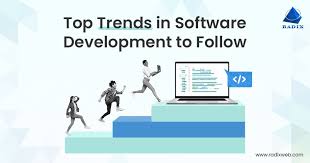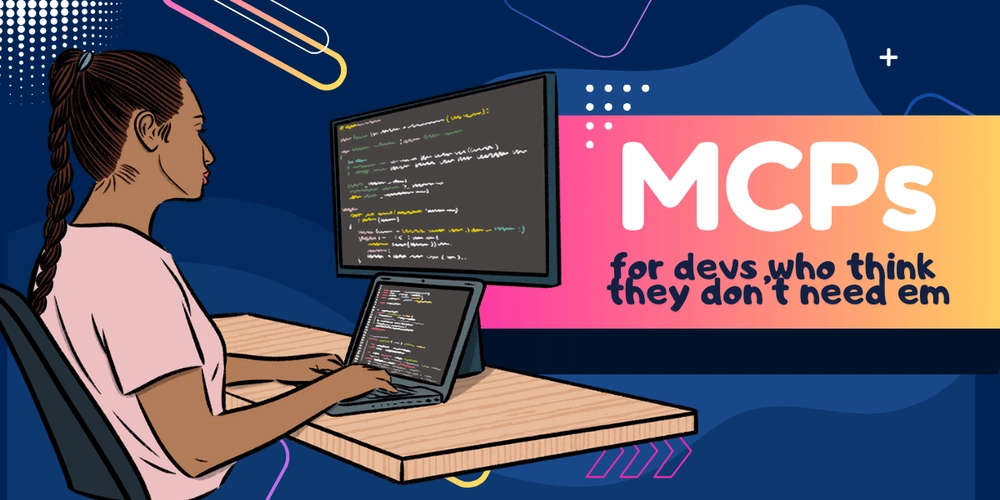The software development industry continues to evolve at a breathtaking pace, driven by emerging technologies, new methodologies, and shifting market demands. As we step into 2025, developers, tech leaders, and organizations must stay ahead of the curve to remain competitive and future-ready.
Here are the top 10 software development trends to watch in 2025 — trends that will shape how we design, build, deploy, and scale applications in the years to come.
1. AI-Assisted Development Becomes the Norm
Artificial Intelligence (AI) is transforming how software is written. Tools like GitHub Copilot, Amazon CodeWhisperer, and ChatGPT are now co-developers.
- Code autocompletion, bug detection, and documentation generation are now faster and smarter.
- AI will also help in automated testing, refactoring, and even UI/UX design.
Impact: Increased developer productivity and faster time-to-market.
2. Low-Code and No-Code Platforms Expand Further
Low-code/no-code platforms are democratizing software development, enabling non-developers to build apps and workflows.
- In 2025, expect deeper enterprise adoption and more AI-powered builders.
- These platforms will become more flexible and customizable, extending their utility beyond simple applications.
Impact: Accelerated digital transformation and reduced dependency on large dev teams.
3. Serverless Architecture Goes Mainstream
Serverless computing lets developers run applications without managing servers, allowing them to focus purely on writing code.
- Platforms like AWS Lambda, Azure Functions, and Google Cloud Functions are seeing rapid adoption.
- Serverless is ideal for event-driven apps, real-time data processing, and microservices.
Impact: Reduced infrastructure overhead and better scalability.
4. Edge Computing and IoT-Driven Development
With the explosion of IoT devices and smart applications, computing at the edge — closer to the source of data — is becoming critical.
- Developers are optimizing apps for latency-sensitive environments.
- Expect more tools and SDKs tailored for edge-based AI, 5G networks, and real-time processing.
Impact: Faster, more responsive applications in sectors like healthcare, logistics, and autonomous vehicles.
5. Cybersecurity-First Development
As cyber threats escalate, security is no longer an afterthought — it’s now a key part of the development process.
- Practices like DevSecOps, secure coding, and zero-trust design are gaining traction.
- AI-powered tools are being used to identify vulnerabilities early in the SDLC.
Impact: More secure applications and reduced risk of breaches.
6. Sustainable and Green Coding Practices
As concerns about energy consumption rise, developers are being urged to build eco-friendly software.
- “Green coding” focuses on energy-efficient algorithms, cloud resource optimization, and lightweight frameworks.
- Companies are evaluating the carbon footprint of their digital services.
Impact: Better environmental sustainability and cost savings.
7. Multi-Experience Development (MXDP)
Users now interact with software through mobile, web, wearables, voice assistants, AR/VR, and more.
- Developers are adopting MXDPs (Multi-Experience Development Platforms) to build unified experiences across devices.
- Tools like Flutter, React Native, and Unity are evolving to support this demand.
Impact: Seamless user experiences and broader audience reach.
8. Quantum Computing Begins Influencing Algorithms
While still in its infancy, quantum computing is starting to impact software development, especially in cryptography, logistics, and simulations.
- Developers are exploring quantum algorithms, quantum SDKs, and tools like IBM Qiskit or Microsoft’s Azure Quantum.
- Expect early adoption in academia, finance, and advanced R&D sectors.
Impact: Groundbreaking innovation for complex computational problems.
9. Composable and API-First Architecture
Applications are becoming modular and flexible through composable architectures.
- “API-first” design means backends are built to be consumed by multiple frontends from day one.
- Headless CMS, microservices, and GraphQL are key enablers.
Impact: Agile development, rapid innovation, and easier integration across systems.
10. The Rise of DevOps 2.0: GitOps, AIOps, and Platform Engineering
DevOps is maturing into more specialized practices:
- GitOps: Managing infrastructure and deployments using Git.
- AIOps: Leveraging AI to monitor and optimize system operations.
- Platform Engineering: Creating internal platforms for self-service development.
Impact: Improved automation, reliability, and developer experience.
Final Thoughts
The software development landscape in 2025 is fast-moving, collaborative, and increasingly intelligent. Whether it’s embracing AI tools, building for the edge, or optimizing for sustainability, developers must continually adapt to stay relevant.



